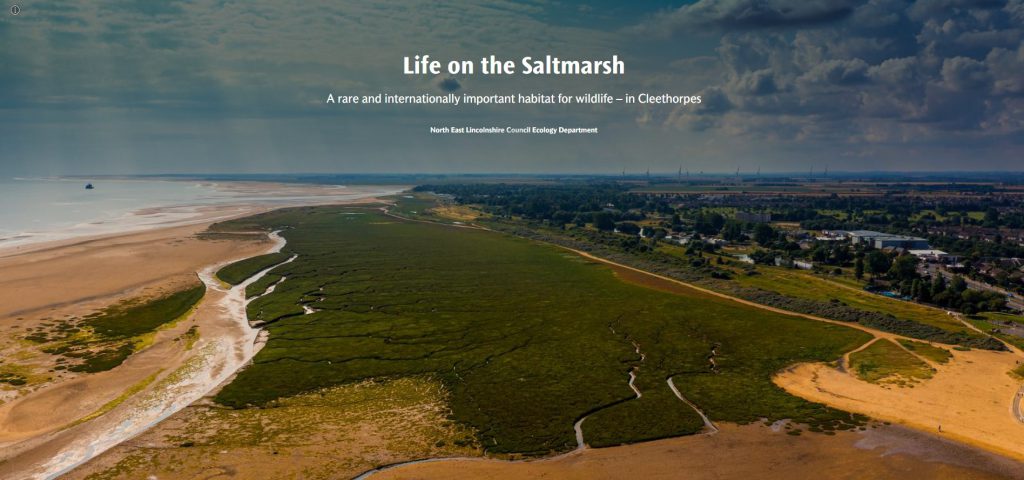Natural Assets Plan
The Natural Assets Plan sets out how the Council and its partners can improve the area’s unique natural environment for the benefit of everyone. It explains why they are important, what our current situation is and what actions the Council plans to take in the short, medium, and long-term to improve it.
Looking after our natural environment is more urgent, as climate change increasingly impacts on our lives. Many of the ways we can help tackle climate change rely on improvements to the natural world, called nature-based solutions. We have a separate set of actions for reducing carbon emissions, in our Carbon Roadmap, and it should be read alongside this plan, as they both go hand in hand.
How will we do this?
We have chosen eight themes to focus on, and have set out in this plan our reasoning, our duties and services, our current work and where we plan to act next.
- Planning our future land use
- Managing our open spaces
- Biodiversity and special sites
- Trees and woodlands
- Water Management
- Improving air quality
- Protecting health and wellbeing
- Education, involvement, and enjoyment
Natural Assets Plan
Read the Natural Assets Plan in full here – North East Lincolnshire Council Natural Assets Plan (PDF, 671KB)
Life on the Saltmarsh

Read about Life on the Saltmarsh. A rare and internationally important habitat for wildlife in Cleethorpes on our story map.
What have we done so far?
- Looked at and understood the opportunities offered by the Natural England’s green Infrastructure toolkit.
- Reviewed play equipment across the borough.
- Ongoing management work as part of the Dynamic Dunescapes project.
- Identified opportunities for tree planting and woodland creation, with particular focus on areas of deprivation.
- Leading the development of the SuDS (Sustainable Drainage Infrastructure) Retrofit Project.
- Finalised our Air Quality Strategy.
- Investigated the Carbon Literacy Trust techniques and materials, to see how we might develop our own public messages.
- Researched different methods and costs of managing verges for greater biodiversity.
- Drafted a Scoping and Issues Paper as part of the Local Plan Review, addressing climate change and touching on health and wellbeing matters.
- Works on the Cycle Super Highway project linking in Grimsby and Immingham are almost completed.
- Public Health has allocated funding of £15,000 for signage of smoke free areas as agreed with the Tobacco Control Strategy.
- Through a feasibility study for active travel social prescribing, a walking and cycling audit of potential intervention areas (Grimsby, Cleethorpes, and Immingham) has commenced.
What are we doing next?
- Work with partners to look at how we boost engagement with nature in our most deprived areas.
- Start implementation of our Environmental Communications Plan.
- Trial the Natural England Green Infrastructure Mapping Tool, to identify areas where there is lower access to quality open space.
- Biodiversity Net Gain training for staff through the Lincolnshire Wildlife Trust.
- Commence work on developing our second industrial mitigation site on the South Humber bank at Novartis Ings.
- Produce a programme of events for the Grounds Force volunteer group, delivering management work on our open spaces.
- Writing and implementation of the Council’s Tree Strategy.
- Research how other authorities display their Air Quality information online.
- Consultant review of the Local Flood Risk Strategy.
- Research new ways for us to display our Air Quality information to make it accessible.
- Utilise findings from the walking and cycling audit to inform future funding bids for infrastructure development and improvement, and to inform route improvements as part of the annual Local Transport Plan Capital Programme.
Related content
Green Space Strategy and Management Plans
Local Flood Risk Management Strategy
Highway Asset Management Strategy
Health and Wellbeing Strategic Framework
Related documents
Playing Pitch Strategy (PDF, 2MB)
Tree Strategy – Part 1 (PDF, 11MB)
Tree Strategy – Part 2 (PDF, 5MB)
Tree Strategy – Part 3 (PDF, 2MB)